drop bear
Sr. Grandmaster

You couldn't actually hit a person standing like that. Because if you did, come judgement day...
Please.
Jesus would give you a high five himself for giving that guy a slap.
Everybody knows jesus loves ko,s.
Follow along with the video below to see how to install our site as a web app on your home screen.
Note: This feature may not be available in some browsers.

You couldn't actually hit a person standing like that. Because if you did, come judgement day...
Please.
Jesus would give you a high five himself for giving that guy a slap.
Everybody knows jesus loves ko,s.
I don't know what that lower arm is doing, Jow Ga has a similar technique that looks like that picture but our lower arm isn't turned like that. In the Jow Ga technique you would be able to strike someone from that position. Right off the top of my head, I can see 6 practical strikes that someone in that position can do. The only thing that is throwing me off is that lower guard. I would have to see what came before this position and what comes after it to really what the purpose of that lower guard if any.
You couldn't actually hit a person standing like that. Because if you did, come judgement day......
They probably should do Bartitsu, since that's what they're doing.They probably should do kung fu.
Those "long punches" are part and parcel of pre-Marques boxing. This has only been pointed out half a dozen times or so.Those long punches are similar to long fist kung systems
It's a drill. The "mechanics" are fine.but lack the proper mechanics to keep someone from pulling the person off balance with long punches.
Mule Muffins.The general rule is that those punches don't go above your head height because it opens you up more and puts you at risk.
It doesn't matter what they are doing if the technique is not done correct. You can not realistically block and then punch in a fight like they are doing. The technique that there are doing of blocking and then punching is should be drilled as one motion and not a one step where it's Block then Punch. It should be Block and Punch where it almost looks simultaneously. You can try this for yourself and you'll see that "Block and Punch" works better than "Block then Punch". Just because they are doing Bartitsu doesn't mean that another martial arts that uses similar techniques can't help them understand their own system better. Kung Fu stress a lot of "1 and 2" and very few "1 then 2" principles.hey probably should do Bartitsu, since that's what they're doing
Understand how to exploit a long fist technique and then you won't think like thisMule Muffins.

You couldn't actually hit a person standing like that. Because if you did, come judgement day......
Most places I've seen (regardless of art) initially teach (and drill) as a block, then punch. This is easier for the new student to learn. Later, it's normally changed (either in a progression of the same drill, or in new drills) into a simultaneous movement.It doesn't matter what they are doing if the technique is not done correct. You can not realistically block and then punch in a fight like they are doing. The technique that there are doing of blocking and then punching is should be drilled as one motion and not a one step where it's Block then Punch. It should be Block and Punch where it almost looks simultaneously. You can try this for yourself and you'll see that "Block and Punch" works better than "Block then Punch". Just because they are doing Bartitsu doesn't mean that another martial arts that uses similar techniques can't help them understand their own system better. Kung Fu stress a lot of "1 and 2" and very few "1 then 2" principles.
Understand how to exploit a long fist technique and then you won't think like this
Most places I've seen (regardless of art) initially teach (and drill) as a block, then punch. This is easier for the new student to learn. Later, it's normally changed (either in a progression of the same drill, or in new drills) into a simultaneous movement.
However, it is correct. It may not be "correct" for your understanding of whatever kung fu system you're applying but it is exactly as described in dozens of boxing manuals and old school drawings & photos.It doesn't matter what they are doing if the technique is not done correct.
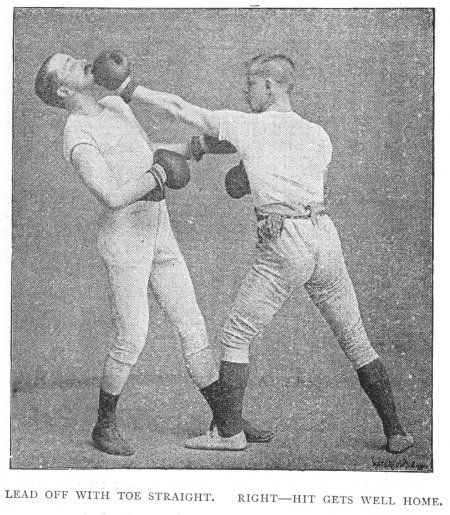
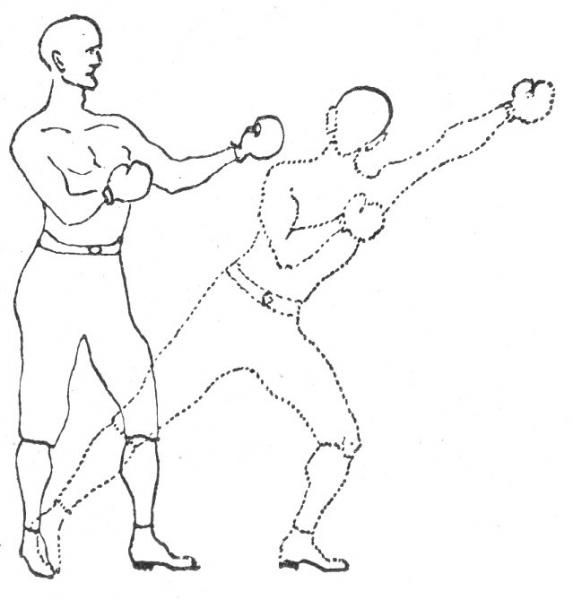
Sure you can; under the right circumstances ...as with anything else.You can not realistically block and then punch in a fight like they are doing.
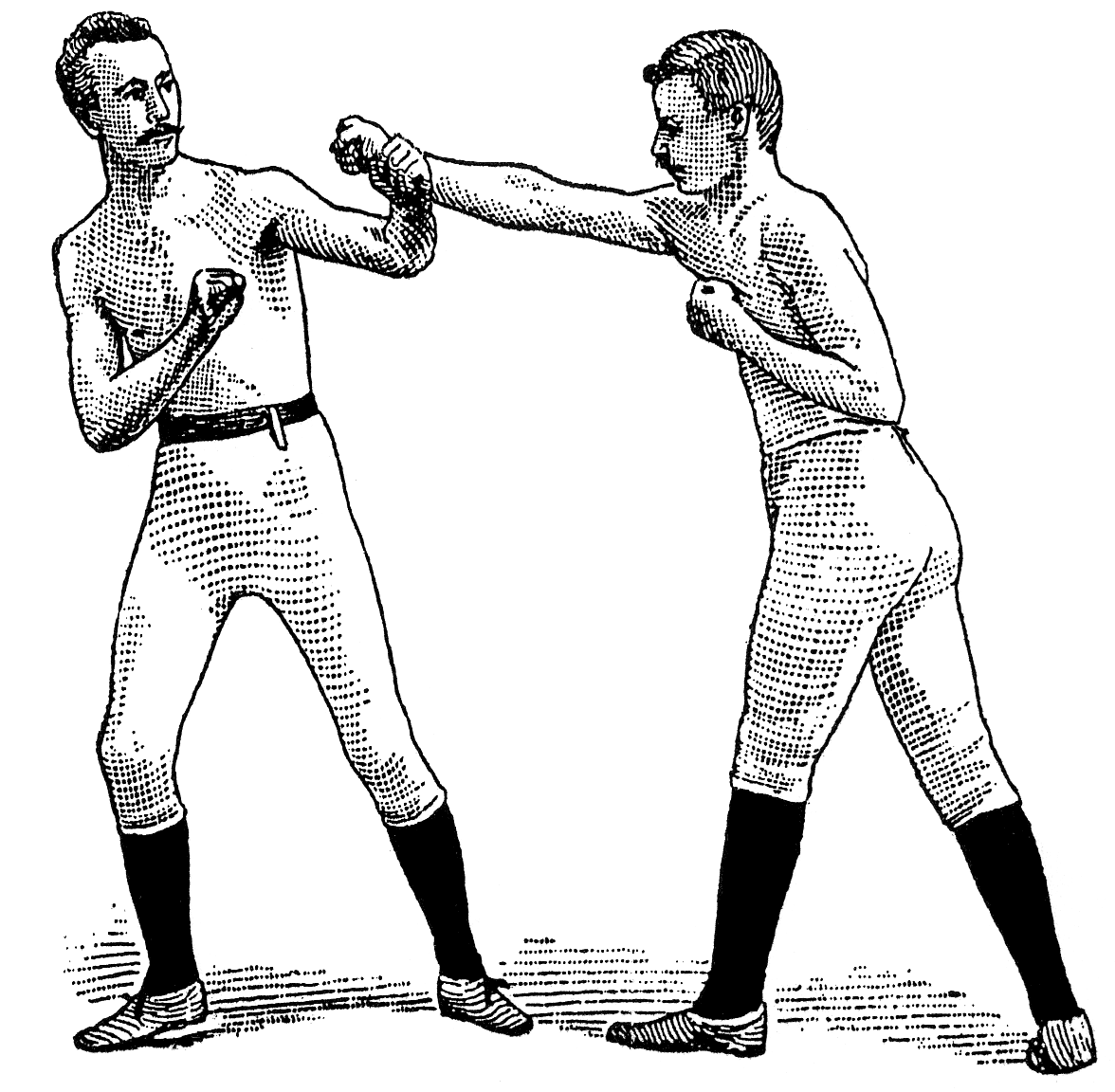
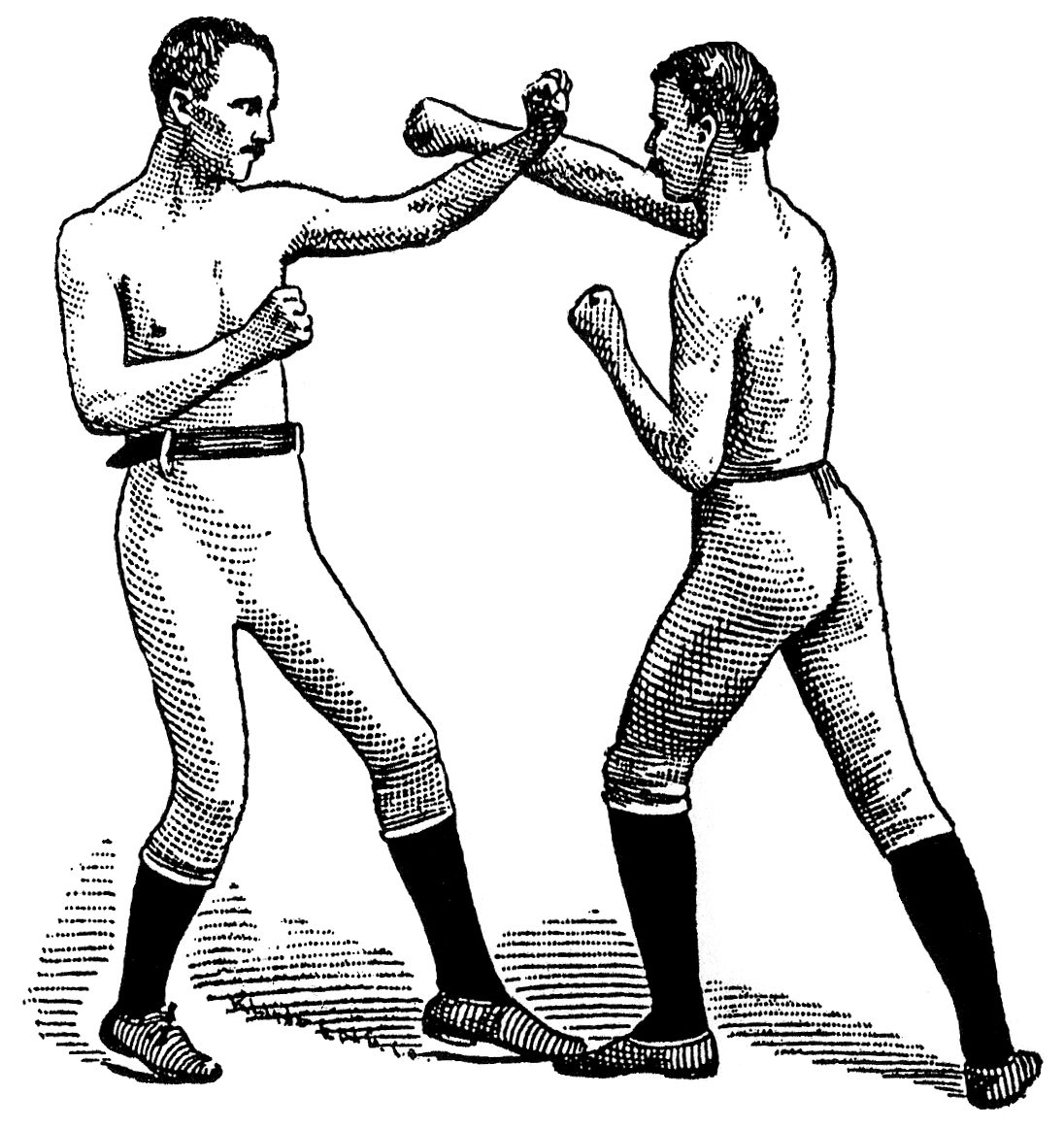
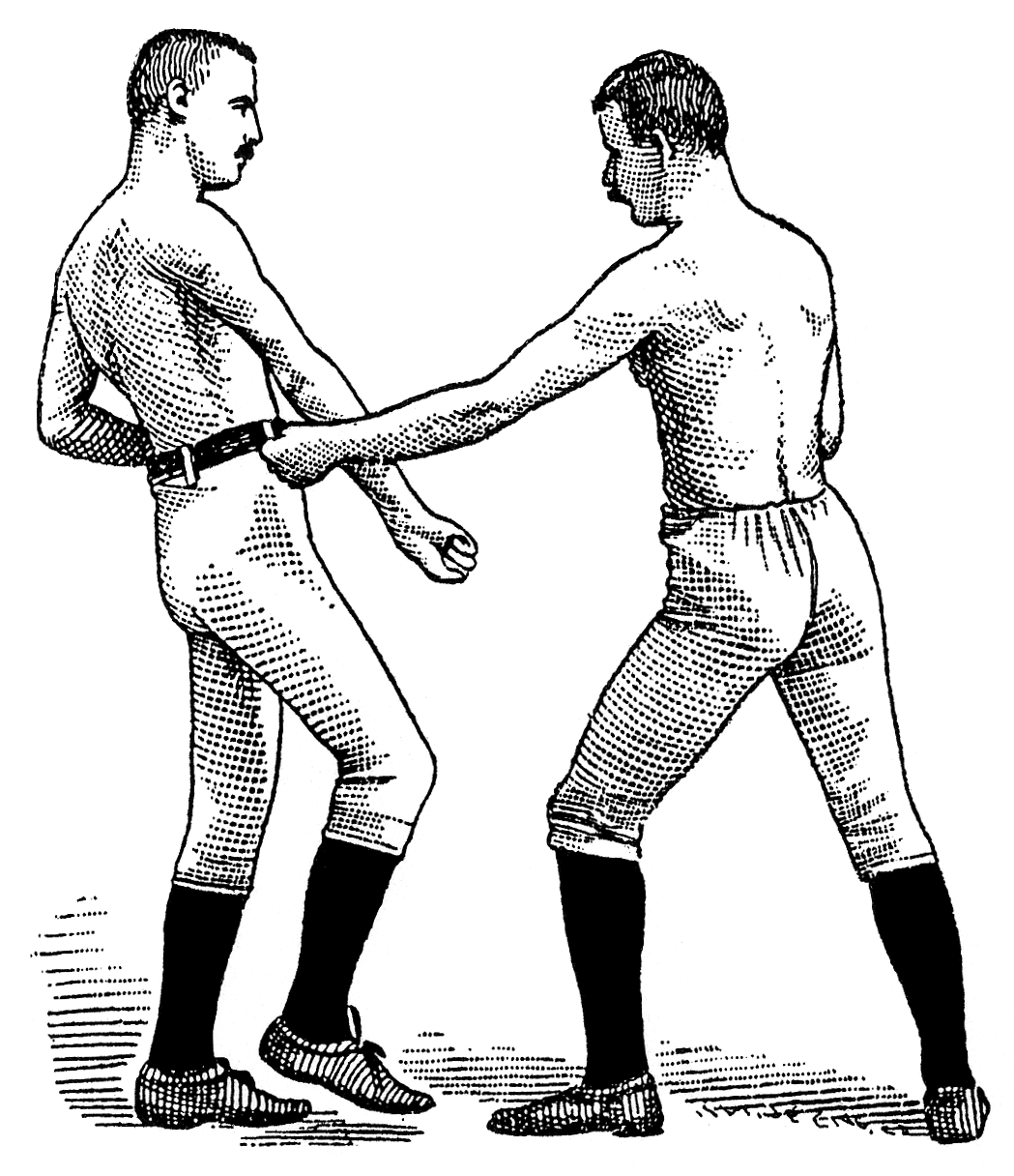
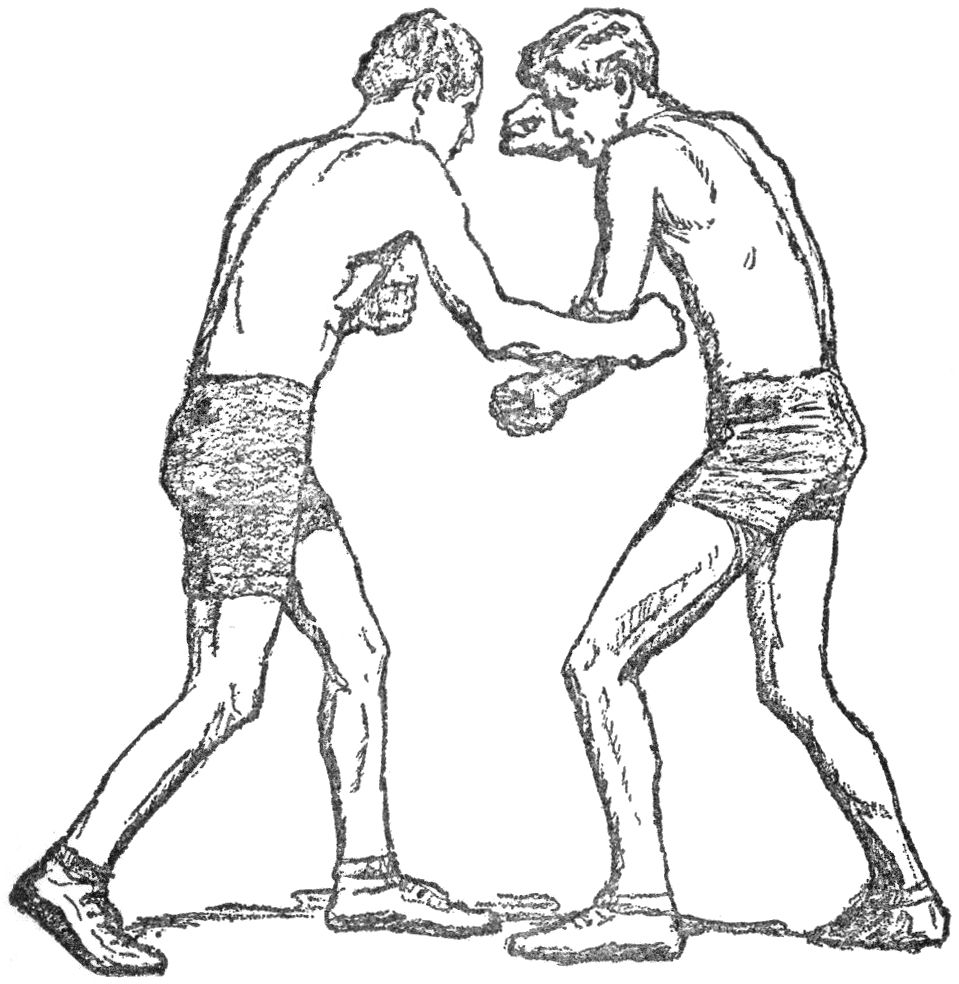
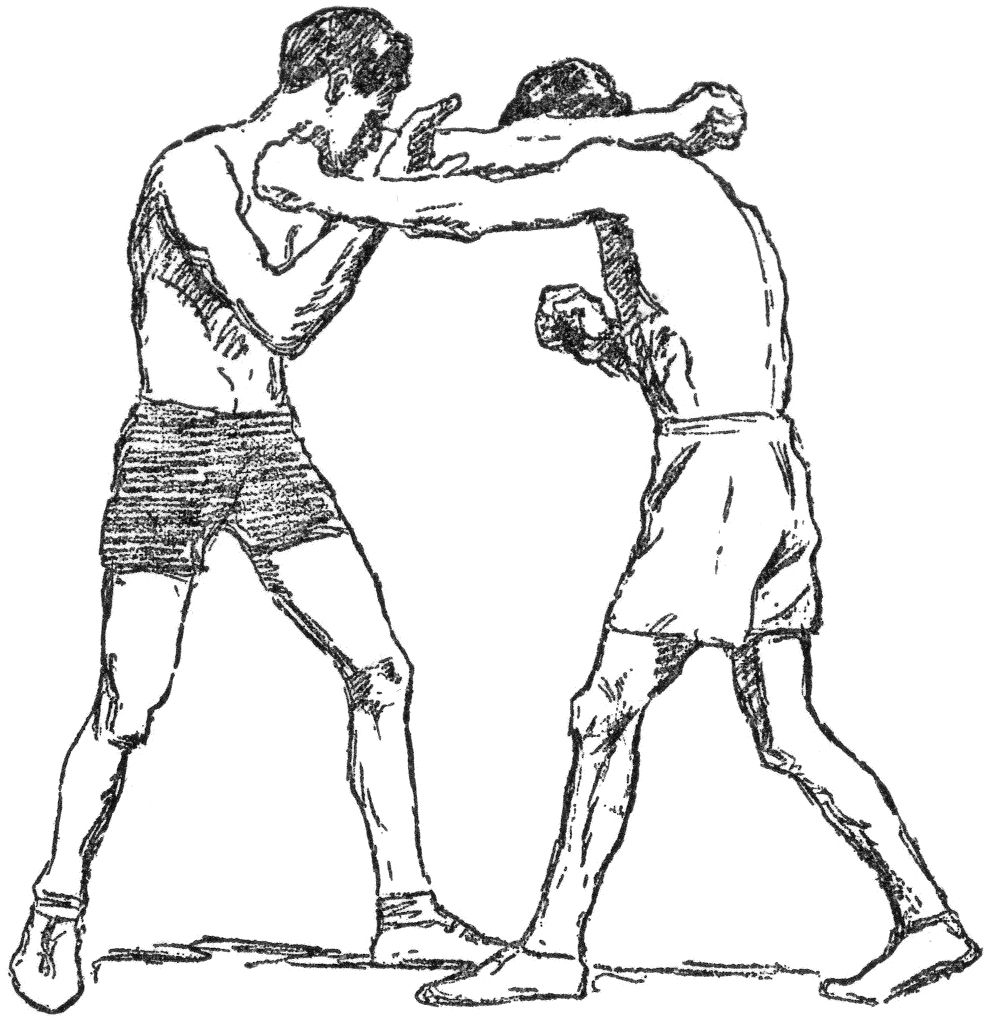
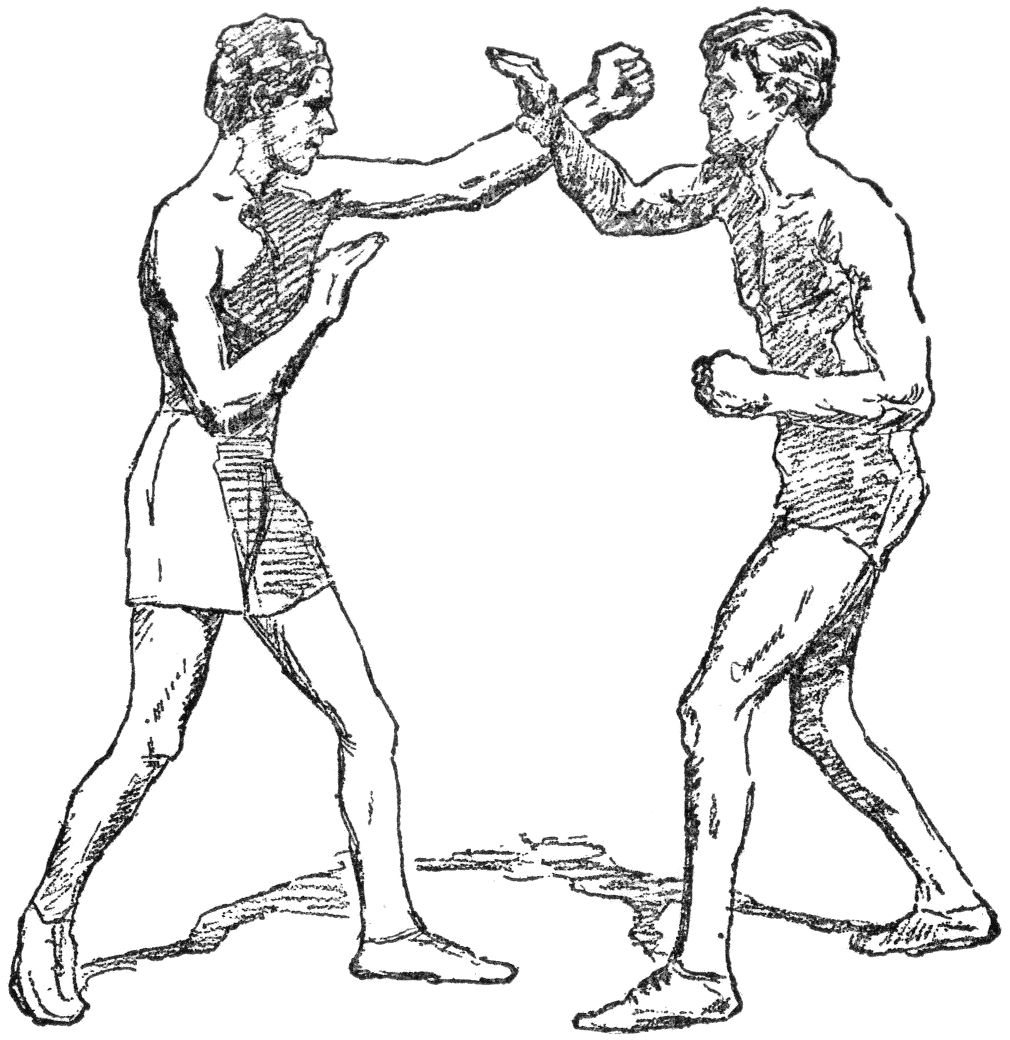
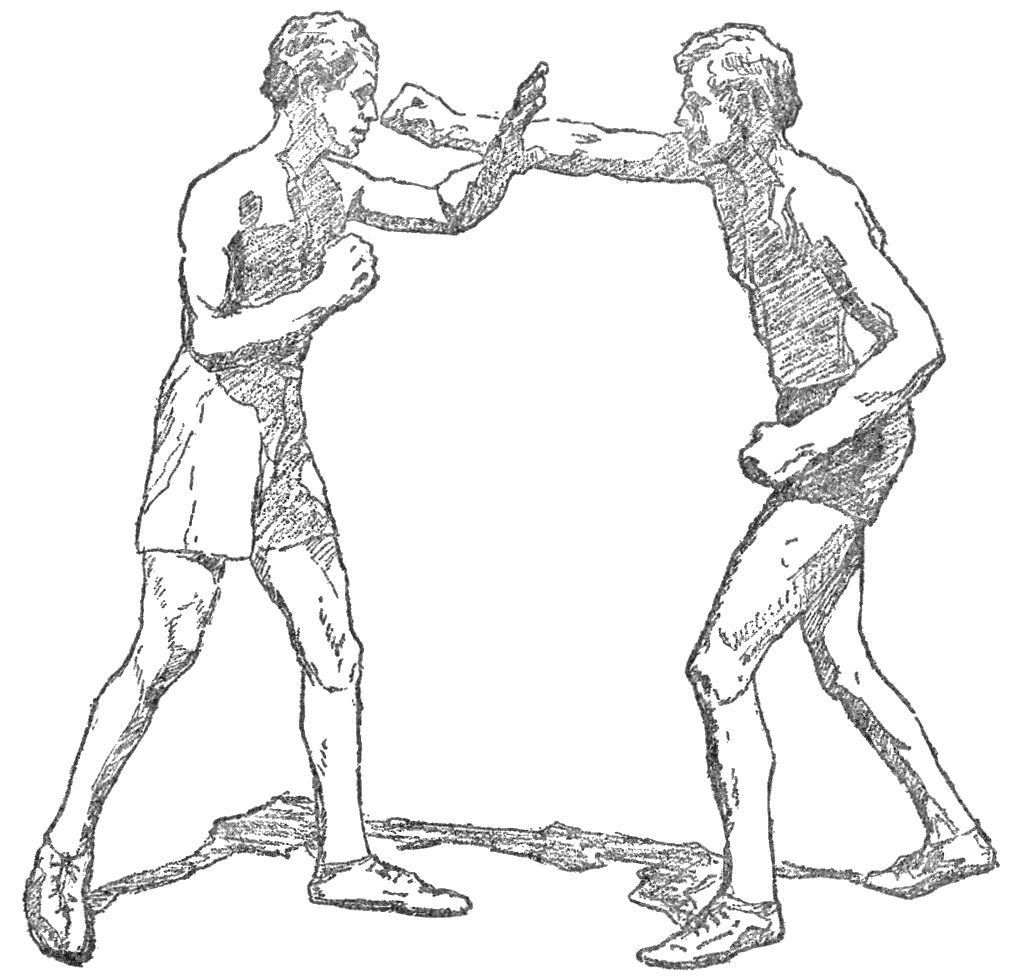
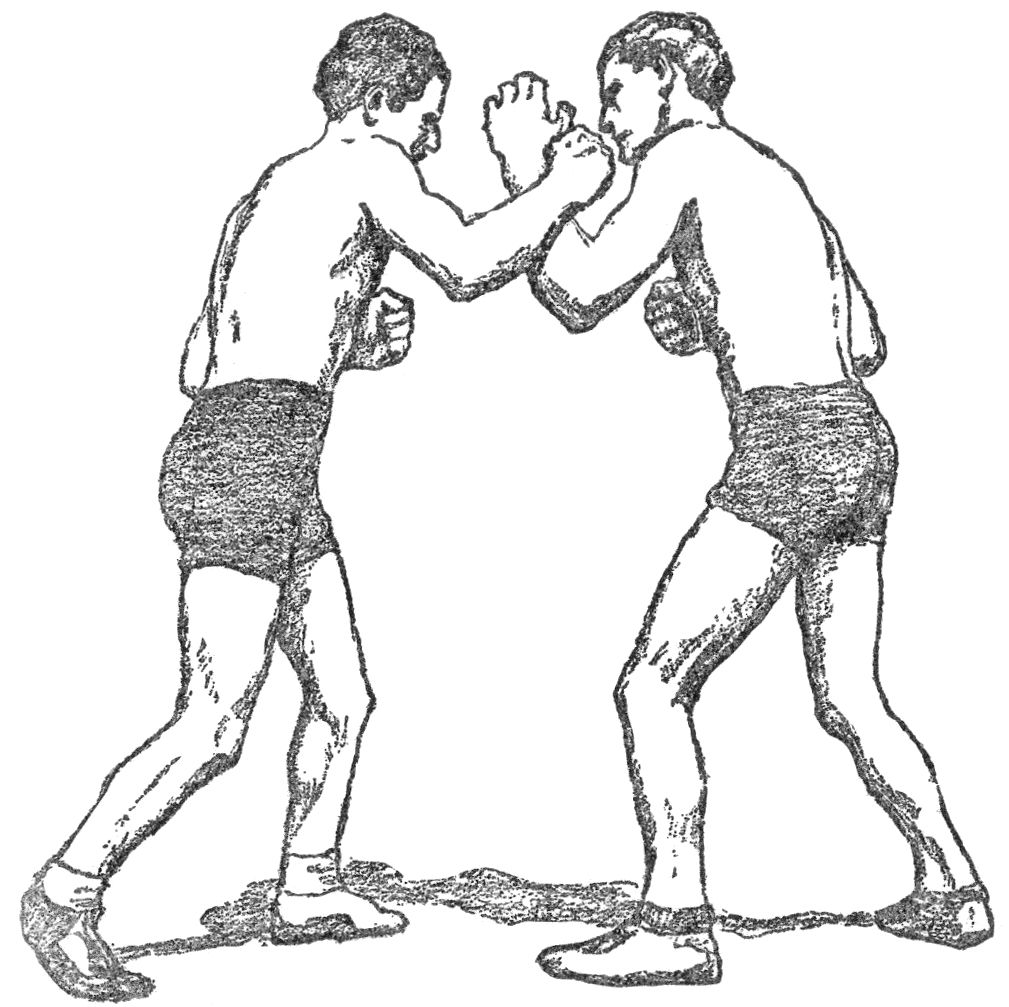
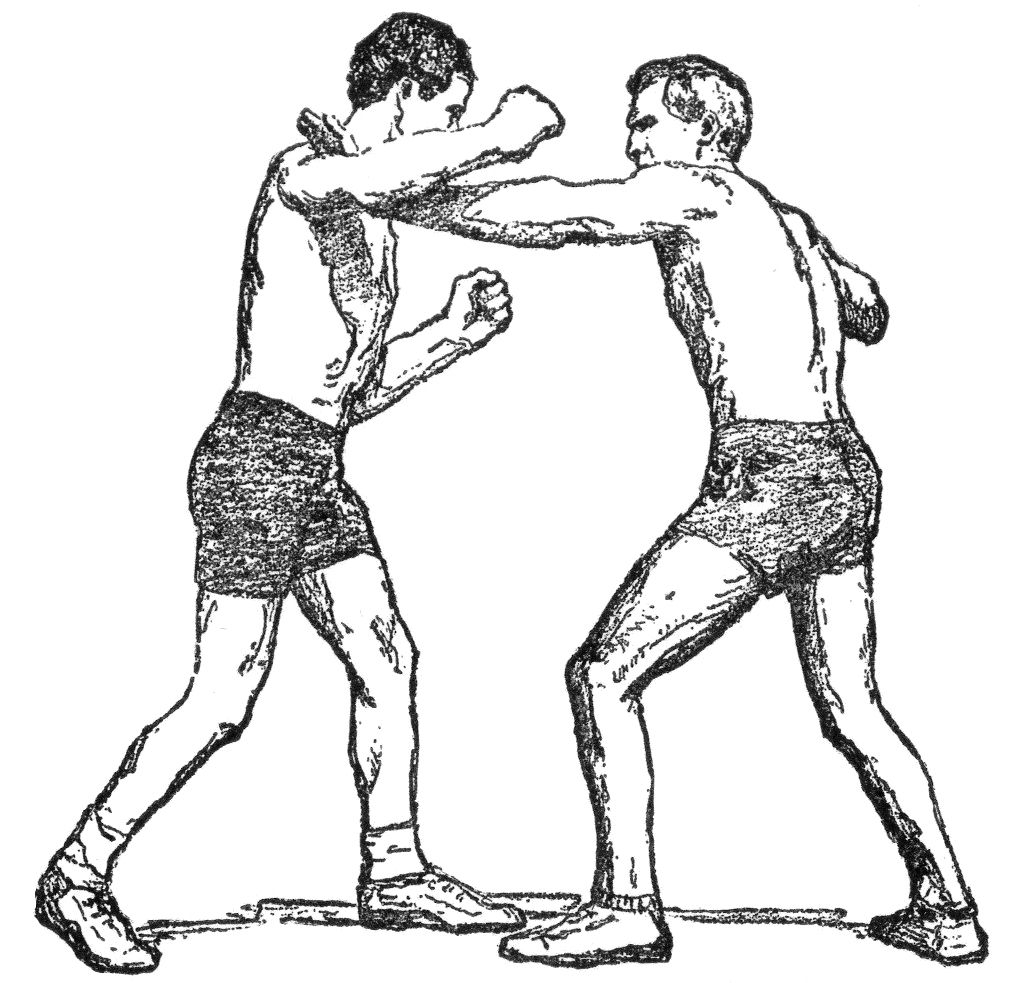
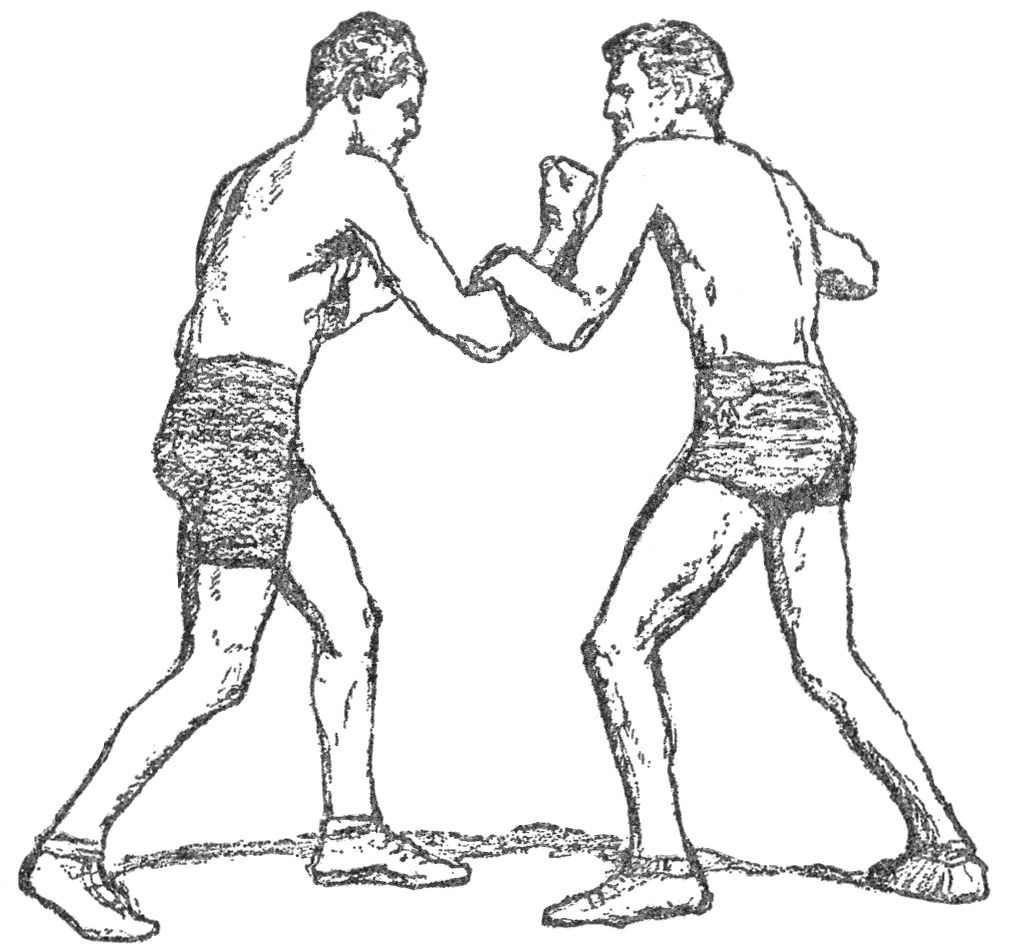
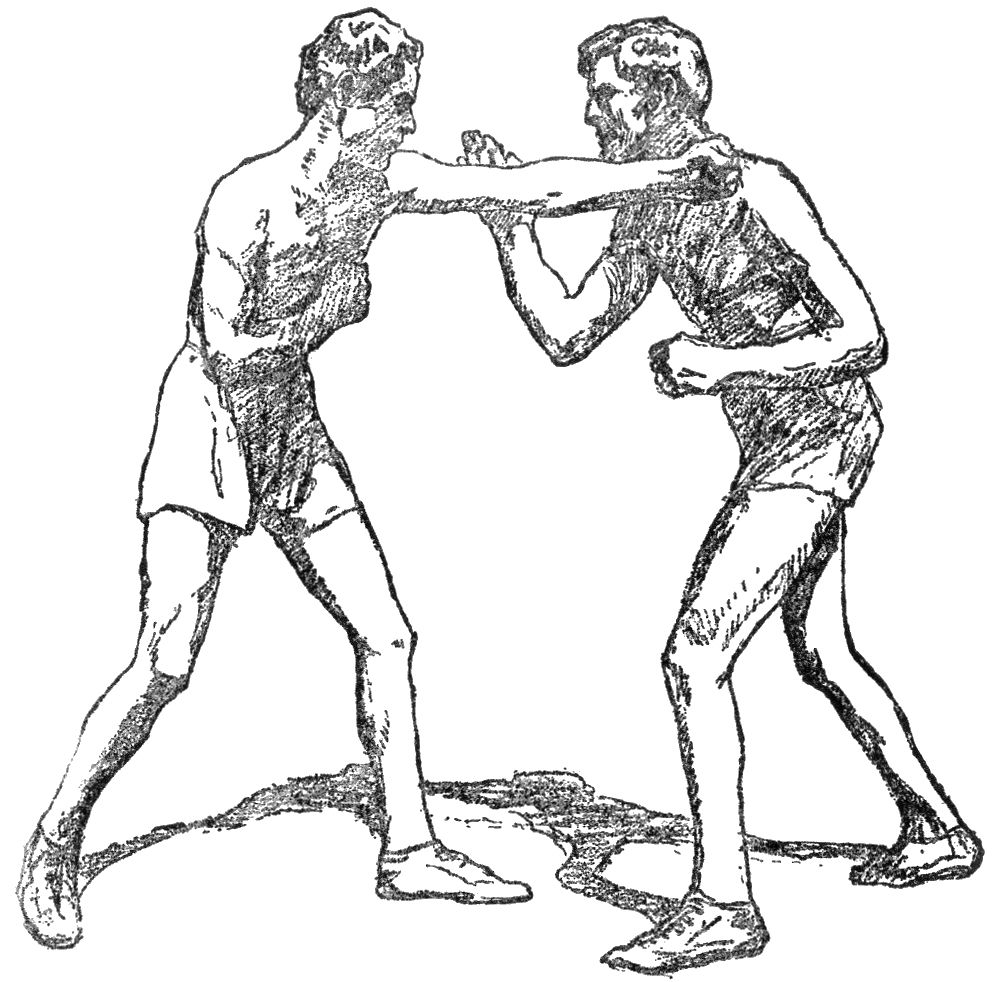
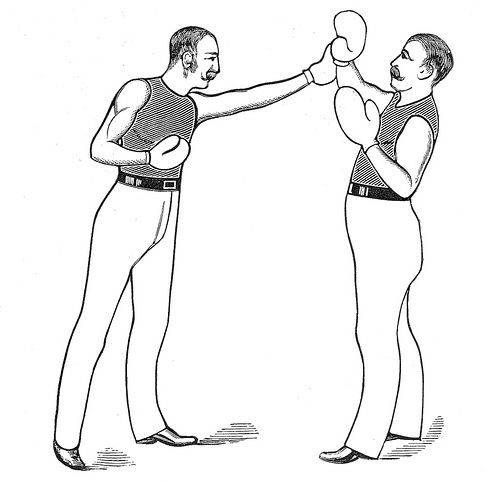
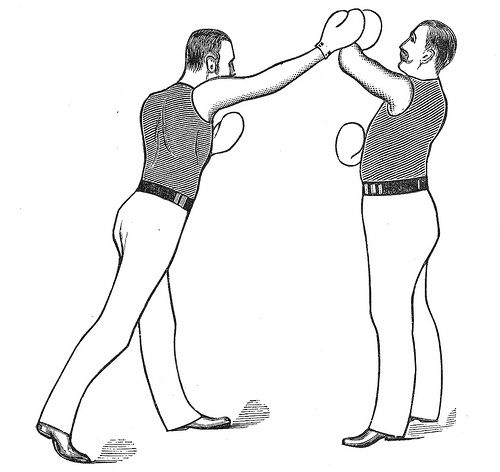

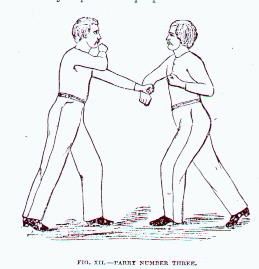
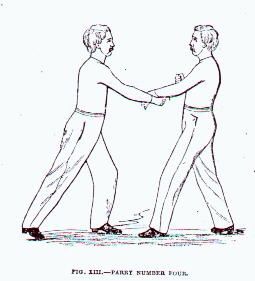
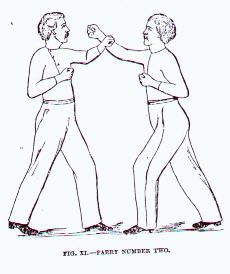
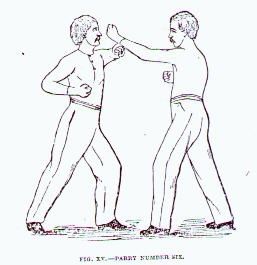
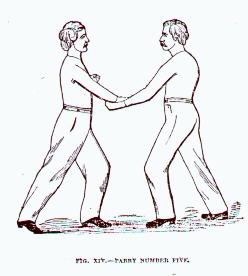
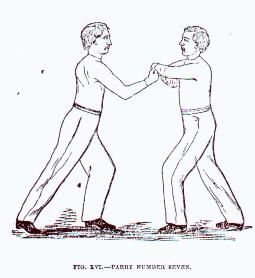
You can do it that way too. But it's not a requirement.The technique that there are doing of blocking and then punching is should be drilled as one motion and not a one step where it's Block then Punch. It should be Block and Punch where it almost looks simultaneously.
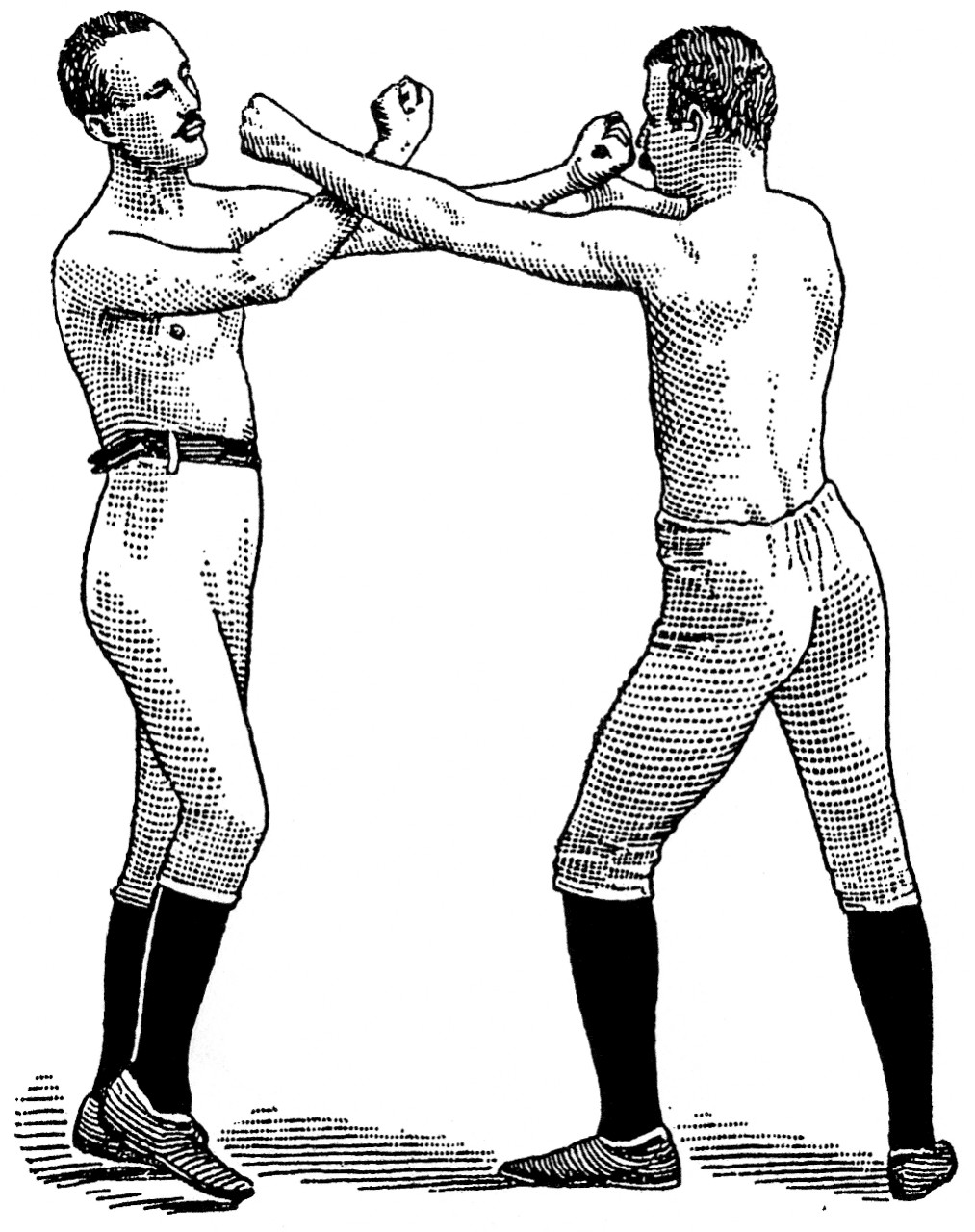
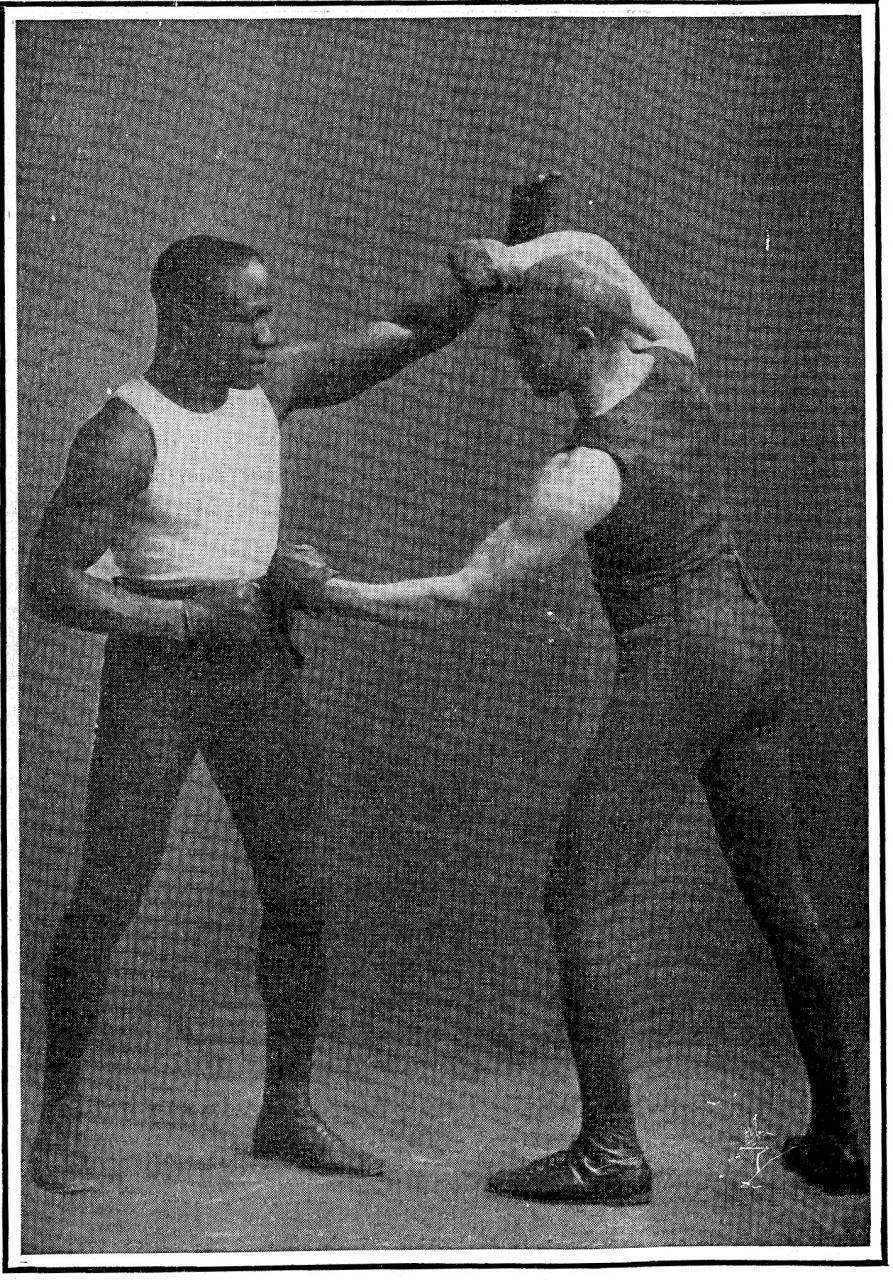
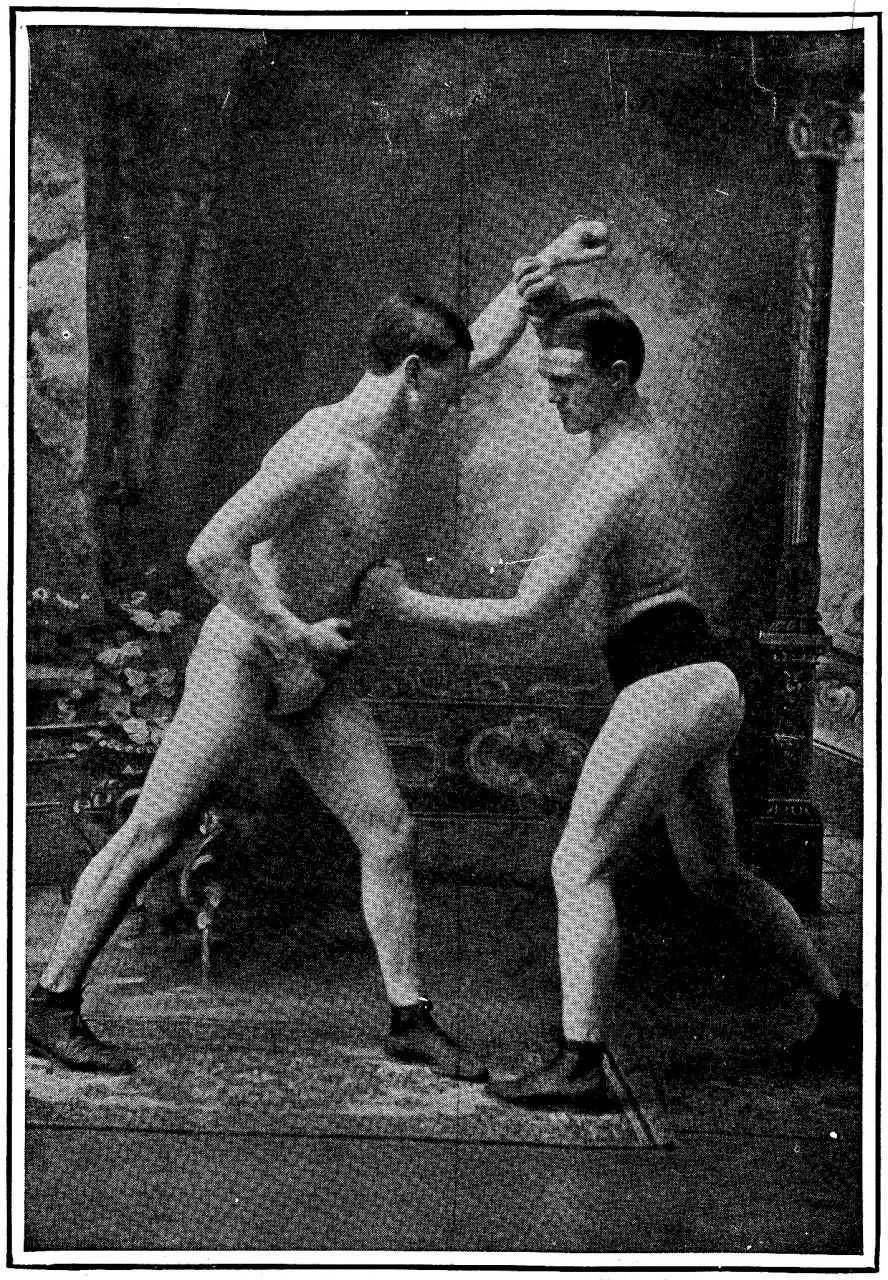
What makes you think that I haven't tried all this stuff out?You can try this for yourself and you'll see that "Block and Punch" works better than "Block then Punch".
Boxers have been doing it quite successfully for centuries. Proof above.Just because they are doing Bartitsu doesn't mean that another martial arts that uses similar techniques can't help them understand their own system better.
First, IT'S A DRILL. Did you miss that the first time I wrote it? Second, as show, it is precisely in line with beginning lessons starting with Mendoza and going on up.Kung Fu stress a lot of "1 and 2" and very few "1 then 2" principles.
All hail Kung Fu!Understand how to exploit a long fist technique and then you won't think like this
He ignored me when I wrote that it was a drill (I even bold faced it).Beat me to it. That is obviously a very basic drill. Those drills are usually about teaching proper structure not actual application. Everything else I have seen about Bartitsu is very much and simultaneous attack and defense just as the main source arts for the unarmed follow. (Jujutsu, Judo, Pugilism and Savate.) It would be odd in the extreme to have something so basic to the source arts not in the Mixed art imo.
Most schools don't reach the point where it's turn into a simultaneous movement which is why we see advanced students and some instructors still practice it as a Block then a Punch and this becomes evident when they start talking about the application of the technique, where they describe it as a block then a punch.Most places I've seen (regardless of art) initially teach (and drill) as a block, then punch. This is easier for the new student to learn. Later, it's normally changed (either in a progression of the same drill, or in new drills) into a simultaneous movement.
With certain techniques, the 1-step version will not have the same structure that technique has when done as a simultaneous movement. So in reality the student wouldn't be learning the structure that's needed for application, they will be learning the structure that's needed for 1 step.Those drills are usually about teaching proper structure not actual application.
However, it is correct. It may not be "correct" for your understanding of whatever kung fu system you're applying but it is exactly as described in dozens of boxing manuals and old school drawings & photos.
I never said they haven't, The only person I referred to was the guy in the Bartitsu video who did the technique as a block and then punch. The only groups that I stalked about not doing were Taekwondo and Karate schools who do 1 step drills and never teach to do the techniques as a block and punch. I know for a fact that there are Taekwondo and Karate schools that do teach it as a block and punch and those schools are the exception to my comments.Boxers have been doing it quite successfully for centuries. Proof above
I understand that it's a drill. What I also understand is that the person doing the drill did not look like a beginner. BASICS is not the same as BEGINNER. People practice basics regardless of their skill level. Basics are the foundation.First, IT'S A DRILL. Did you miss that the first time I wrote it? Second, as show, it is precisely in line with beginning lessons starting with Mendoza and going on up.
Yes that's true. That's where baiting and tell-tale signs. It's better to encourage an attack that you want than to try to guess what's coming.If you are going to do it off one beat. You have to either be really fast or know that punch is coming. In fisty fighting this is really quite hard.
With certain techniques, the 1-step version will not have the same structure that technique has when done as a simultaneous movement. So in reality the student wouldn't be learning the structure that's needed for application, they will be learning the structure that's needed for 1 step.
In reference to the technique at 0:59. What you saw are a number of body mechanics not connecting. Most people think that the arm is lifting the punch (where the fist stays horizontal), but in reality the arm is rising in a circular motion (where the thumb points down). This circular motion creates the structure necessary to redirect it over the head. The turning of the forearm as you are doing the block will provide a stronger structure than not turning the forearm. If I keep my forearm straight with my fist horizontal to the ground (with thumb pointing horizonta towards me) then my structure will fail as it causes more stress to be put on the arm. If you slow the video down and pause it, you can actually see that thumb is horizontal and eventually points to the ceiling when it should be turning vertical with the thumb pointing towards the ground. If you hold your hand in that position and ask someone to push forward on your forearm towards you, then you should be able to feel the stress on your elbow or shoulder. However, if you put your arm in that same position and turn your thumb towards your face then your arm is able tor resist more pressure. In order to he the arm higher you will need to do a circular type motion as if you are trying to toss the punch over head. That circular motion keeps the force of the punch from going into your arm making it easier to lift. Most people lift as if they are trying to put the punch on top of a shelf which limits the range of motion as the shoulder fails.there was exaggerated hesitation because the glove got hung up on the defending arm which was in a suboptimal position to start with.
This is what I understand as well based on the little that I actually read and a documentary about it. From what it looks like they are doing what HEMA did which is to try to decode practical fighting techniques from limited resources. HEMA used other martial arts to help them make sense of the techniques they were rediscovering. We understand that fighting systems often have influences from other fighting systems. If you can find that influence then you can plug in gaps to techniques that aren't clear because of missing details. I think you will like the video below as he talks about the evolution of the rising block.Bartitsu is basically in a process of rediscovery.
The only thing I would say regarding the above it that you may be projecting a little bit. Wing Chun has bong sau and bil sau. Either can be used to deflect a strike to the head but it has nothing to do with a circular action. The angle of the forearm creates to deflection. Not pretty but the quickest photo I could find..In reference to the technique at 0:59. What you saw are a number of body mechanics not connecting. Most people think that the arm is lifting the punch (where the fist stays horizontal), but in reality the arm is rising in a circular motion (where the thumb points down). This circular motion creates the structure necessary to redirect it over the head. The turning of the forearm as you are doing the block will provide a stronger structure than not turning the forearm. If I keep my forearm straight with my fist horizontal to the ground (with thumb pointing horizonta towards me) then my structure will fail as it causes more stress to be put on the arm. If you slow the video down and pause it, you can actually see that thumb is horizontal and eventually points to the ceiling when it should be turning vertical with the thumb pointing towards the ground. If you hold your hand in that position and ask someone to push forward on your forearm towards you, then you should be able to feel the stress on your elbow or shoulder. However, if you put your arm in that same position and turn your thumb towards your face then your arm is able tor resist more pressure. In order to he the arm higher you will need to do a circular type motion as if you are trying to toss the punch over head. That circular motion keeps the force of the punch from going into your arm making it easier to lift. Most people lift as if they are trying to put the punch on top of a shelf which limits the range of motion as the shoulder fails.
This is what I understand as well based on the little that I actually read and a documentary about it. From what it looks like they are doing what HEMA did which is to try to decode practical fighting techniques from limited resources. HEMA used other martial arts to help them make sense of the techniques they were rediscovering. We understand that fighting systems often have influences from other fighting systems. If you can find that influence then you can plug in gaps to techniques that aren't clear because of missing details. I think you will like the video below as he talks about the evolution of the rising block.


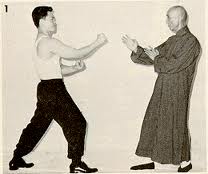
The upward block is a good block but in one picture the guy is blocking a staff. You should never block a weapon with your arm, if someone's attacking with a weapon then you evade and block the arm not the weapon.They probably should do kung fu. Those long punches are similar to long fist kung systems but lack the proper mechanics to keep someone from pulling the person off balance with long punches. The general rule is that those punches don't go above your head height because it opens you up more and puts you at risk.
The block with the thumbs downward works. It's used in Kung Fu and Karate. It's structurally stronger than the blocks that are used in MMA and it's actually more than just a block. It can be used as a soft block which also serves as a "wind-up" for a technique using that same arm or it can be used to guide a strike. The way that they show the application of it in the video is incorrect from a kung fu perspective and a practical fighting perspective. They show it as a 1-2 technique (block then punch) and that is incorrect on multiple levels.



